can someone pleas help me? I have a dataframe with 649 different locations and each with 11088 observations from the last 30 years. 1 hydologic year spans from sep. 1 to aug. 31. The datafram looks like this:

What I want to end up with is something like this:

In my original dataframe I also have a lot of data missing. If a location (i.e. 1.50.0 ) is missing more than 10% data in one hydrological year I do not want to keep that year in my new dataframe.
If my question is unclear pleas ask. :)